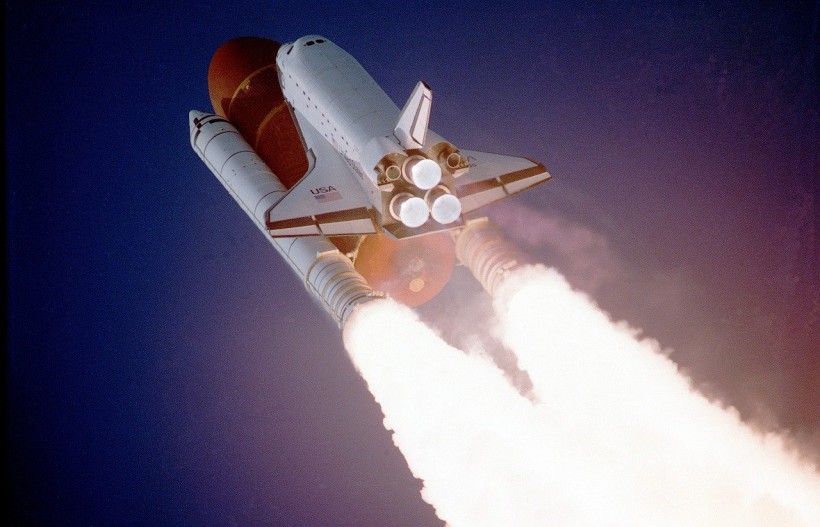NASA has inspired generations to pursue space exploration with their unique missions offering small and big benefits to humankind. The government has spent millions of dollars on space exploration, creating jobs, jumpstarting businesses, and growing the economy.
Their innovations help improve life, advance medical research, and support disaster response. The space agency continues to grow and constantly evolves to find new ways to add value.

More Funding For NASA Could Boost Space Exploration Efforts in the US
NASA Needs More Funding From the Government
In the next few years, NASA will land the first woman and first person of color on the Moon as part of the Artemis program. The space agency is also building new technologies for further space explorations, even planning to build a human colony on Mars. But more funding is needed to accomplish all these missions.
According to The Space Review, NASA only got 0.3% of the $6.6 trillion budget the federal government spent in 2020. Experts believe that the government should boost funding for NASA to achieve its bold vision of space exploration.
The good news is that the current administration is requesting Congress to allocate $26 billion for the space agency in 2023, which is an 8% increase from the current year. However, that is still below the inflation rate and there is still a possibility that Congress will reduce the amount in the coming weeks.
The space agency has already tapped the private sector for commercial space investments to leverage its resources and also tries to build international partnerships through the International Space Station (ISS).
To date, Canada, Japan, and the European Space Agency have agreed to a partnership with NASA's exploration program. But even these countries have smaller budgets for space exploration, making the American space agency still the biggest customer of space exploration companies. That means NASA still leads the efforts to advance human space exploration efforts.
Although the US economy has doubled in the past two decades thanks to the first Moon landings, NASA still receives less funding from the government and has fallen by an estimated one-third in inflation-adjusted dollars. As a result, projects that could have contributed more to the country have been scaled back.
ALSO READ: Proposed NASA Investments Get Commendation from Coalition for Deep Space Exploration
America's Competitiveness in Space Exploration
According to an article on the website of the Council on Foreign Relations (CFR), the 1957 Sputnik launch and subsequent Russian space missions convinced American lawmakers that they were falling dangerously behind its Cold War rival. To meet the Soviet challenge, consecutive US administrations invested in education and scientific research.
It resulted in the victory of the US in the so-called space race and allowed the country to plant its seeds for future space innovations and economic competitiveness. However, federal spending on space explorations waned by the 1990s. So, the private sector ramped up investment in space, and for the first time in over a decade, NASA launched astronauts to space in May 2020 from US soil once again.
NASA also collaborates with private companies for their Artemis program, such as SpaceX, Blue Origin, and Dynetics. These companies will provide the human landers for the program.
They also encourage young Americans to pursue STEM careers and innovations for future space exploration. The National Science Foundation says that the percentage of graduates holding a bachelor's degree in science and engineering peaked during the 1960s or the time of the Moon landing and then declined in succeeding years. But NASA is emphasizing the importance of funding STEM education for the future.
RELATED ARTICLE: NASA Makes Historic Push to Bring First Woman, Person of Color to the Moon
Check out more news and information on Space Exploration in Science Times.














